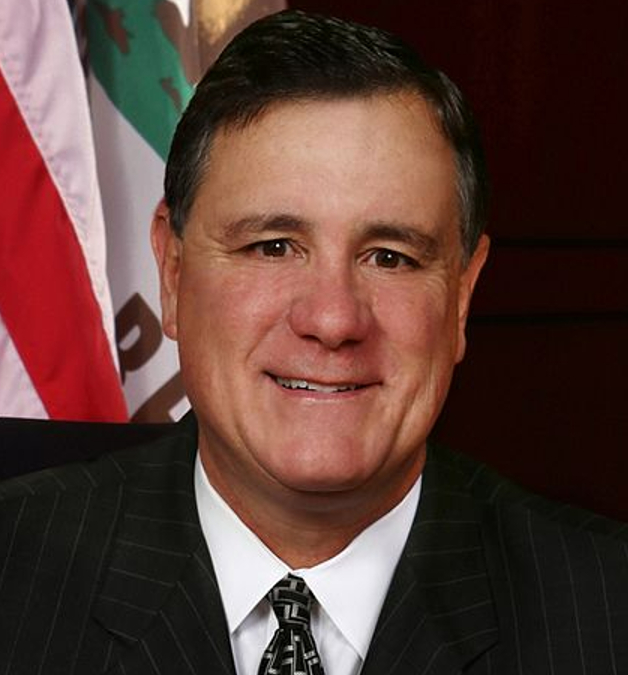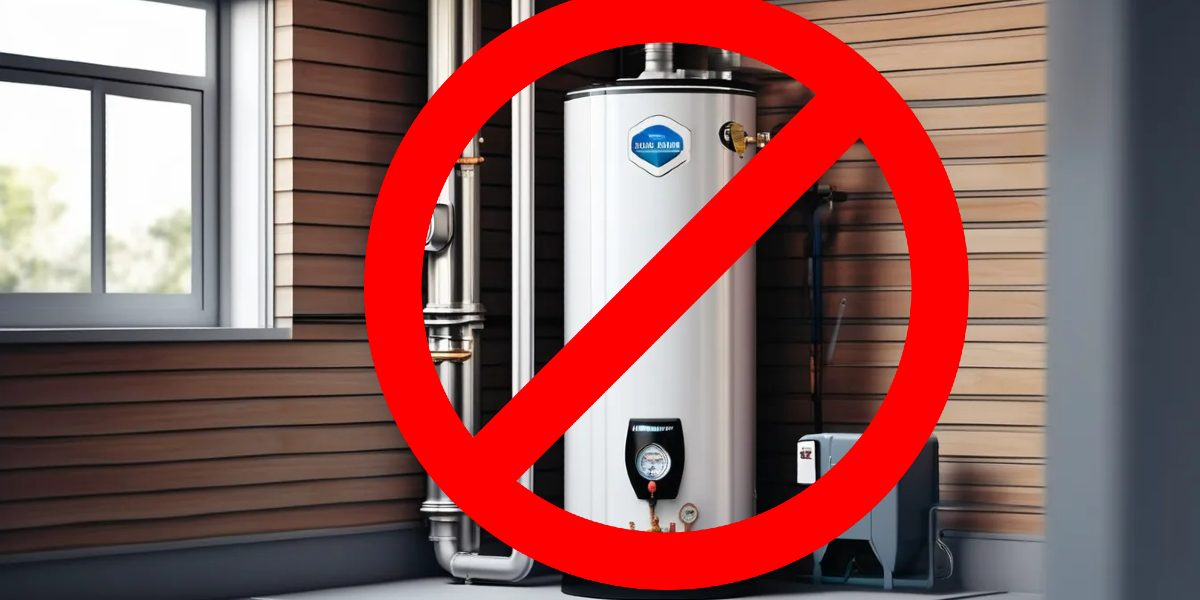The South Coast Air Quality Management District (SCAQMD) exists to improve regional air quality. I recently joined its Governing Board, eager to support the cause. Following my first meeting, though, I am deeply concerned, not only for my Orange County constituents, but also for all residents of the four-county SCAQMD service area.
The SCAQMD is considering two rules that are far-reaching in scope and expense but will seemingly do little to clean the air. If implemented, these rules would impose ruinous expenses on already stretched residents and businesses, potentially cause people to lose housing, and strain an already stretched electricity grid.
SCAQMD intends to adopt two rules on all homeowners, multi-family residents, and businesses – more than 17 million people in all. The goal: eliminate natural gas appliances. Proposed Amended Rules 1111 and 1121 require homeowners, landlords, and businesses to replace furnaces and water heaters with costly new “zero-emission” electrical units.
Fortunately, anyone potentially affected by the rules has time to weigh in.
As proposed under Rule 1121, if your water heater breaks after January 1, 2027, the government will force you to replace it with an electric model. These contraptions are prohibitively expensive, would require major home or business electrical upgrades, and likely impose lengthy permit wait times. Likewise, Rule 1111 targets natural gas furnaces – if your furnace fails in 2028 or beyond, you must replace it with electric technology.
The cost to implement these rules? We’re talking potentially tens of thousands of dollars per unit for every homeowner, landlord, and business forced to make these purchases. The overall cost to implement the rules is at least $20.4 billion throughout the entire SCAQMD “Service” area. While staff promises that “costs will come down over time,” that won’t help consumers today or tomorrow. These rules make life in Southern California even more unaffordable.
And make no mistake: You will be forced to comply. The old technology – the water heaters and furnaces you are using today – will be illegal to purchase or install. Only the wealthiest of Southern California residents can afford such extravagance. Don’t even think about buying replacement units in other states and importing them. You will not be allowed to get a permit to install non-complying appliances, nor can you sell a property containing unpermitted units. You will have to comply.
For new construction, these rules would take effect in 2026, further elevating construction costs and housing prices, thereby putting homeownership even more out of reach for many Southern Californians.
But the story takes a darker turn.
The new zero-emission water heaters and furnaces require a substantial increase in electricity usage, further challenging California’s already stressed electric grid. We know how vulnerable, erratic, and costly our power supply is. Water heaters and furnaces aren’t luxury items – they are essential. With millions of new electric devices pulling power from the grid, we risk even more frequent brownouts or outages.
How much will this cost?
Surprisingly, SCAQMD has yet to provide an accurate and comprehensive assessment of the rules’ overall cost. Despite lacking this important information, and whether the marginal costs of whatever cleaner air might result is worth the cost, the rules move forward towards final adoption.

Here are examples of the impact in the real world. The owner of one 500-unit apartment complex in my district, built in 2008, expects the compliance cost to be a staggering $19 million – over $37,000 per unit! Landlords will, by necessity, have to pass along as much of these costs as possible to their tenants.
For older properties, the numbers are worse. A 300-unit apartment building in Newport Beach, built in the 1970s, faces compliance costs of $24 million, or over $72,000 per unit. The expenses for individual homeowners will likely be similarly eye-watering.
Housing affordability is already in crisis. Adding these steep, unexpected costs will make it even more difficult for families to afford a place to live, for young people to enter the housing market, and for builders to create much-needed affordable housing units.
I support efforts to improve the region’s air quality, but question whether these rules accomplish that goal at anything close to a reasonable cost. The elimination of natural gas water heaters and furnaces promises miniscule regional air quality benefits while imposing maximum consumer pain and taxing an already over-extended electricity grid.
I joined in the SCAQMD board vote to delay action on these proposed rules until February 2025 – hopefully to make the public aware of these rules. You can make your voice heard so as to better inform staff and SCAQMD decision makers of the public’s position at: ClerkOfBoard@aqmd.gov.
Increased housing is among the region’s top priorities; Rules 1111 and 1121 run counter to this priority. They achieve minimal air quality improvements, are prohibitively expensive and ignore the region’s energy challenges. I look forward to seeing staff’s final reports and recommendations after public input on these rules, before the final vote.
Donald P. Wagner is Chairman of the Orange County Board of Supervisors and a member of the Governing Board of the South Coast Air Quality Management District.


